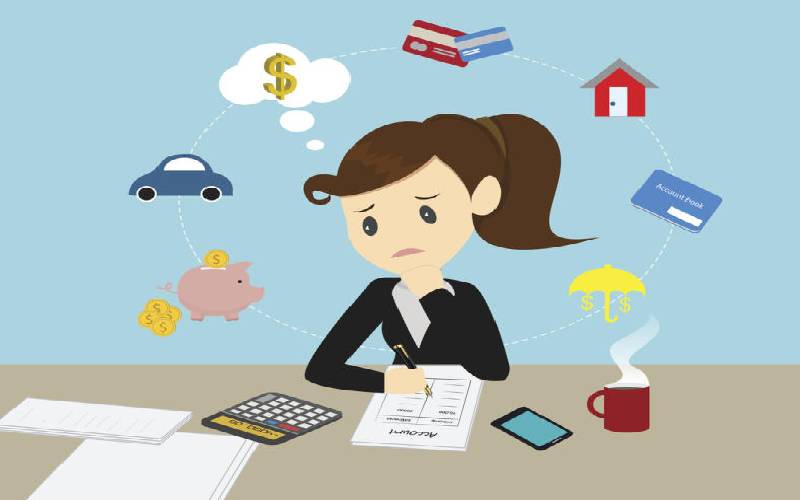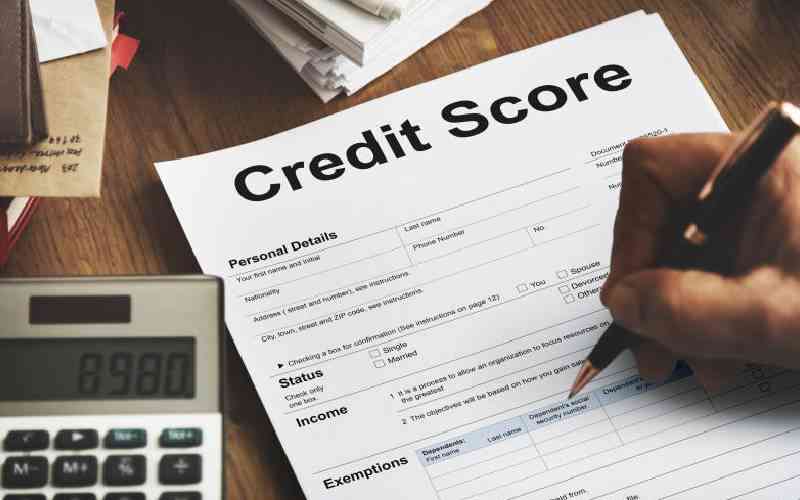
You want to expand your business but all the proposals you present to money lenders hit a brick wall. Sounds familiar? If you have not managed to secure loans from a bank or money from investors, here are possible ways you could be going about it wrong.
1. Your business is not registered
Any money lender will check out your business before they part with their money, and if yours isn’t registered, they will not dare risk it. With Huduma centres in every corner of the country, it is now easier to register your business.
Waithira Waweru, a business consultant, has worked with hundreds of small businesses in Kenya and says that it is surprising how many entrepreneurs don’t even think they ought to register their ventures.
“Registering is basically announcing to the government that you are making money and some people fear the cost that comes with it. Others do not know how to go about it or what to register their business as,” Waweru says.
However, a business registration document is important to prove the legitimacy of your business. To register, you need certain documents like:
1. KYC (Know Your Customer) documents
2. KRA PINs for both the company and its directors
3. Business records
4. 6-month bank statements and acceptable collateral for secured loans among others.
2. Credit history is worrying
Lenders will want to review both the credit history of your business and your personal credit history because a personal guarantee is required. Credit history is an account of previous loans and information about how you make your repayments
“Credit Reference Bureau (CRB) are in charge of credit rating or scoring. Different banks have their own risk tolerance level and so require different credit scores,” says Franklin Mwenda, a business manager with a local bank.
He explains that if a bank requires a score of 600, for instance, but you don’t meet the criteria, it becomes very difficult to secure a loan.
Stay informed. Subscribe to our newsletter
A great start to building a good credit score is clearing your loans and on time. As per the CRB regulations, a default history is maintained on the CRB database for 5 years from the last date of payment. However, it does not limit you from accessing credit even though some banks have rules that bar you from getting a loan once negatively listed.
To know if you have been listed as a defaulter in CRB, the first step is to access the Metropol website or dial *433#. A positive CRB status means that you are consistent in repaying your loans while negative means a defaulted credit. If you fall in the latter category, you are listed in a blacklist record that is accessible to all lenders.
Another way to improve your score is to borrow more. Long-standing credit accounts that are consistently settled in full reflect positively on your repayment reliability. Maintain a healthy mix of secured credit (home loans and vehicle finance) and unsecured credit (store accounts and credit cards).
3. Lack of consistent cash flow
In its simplest form, cash flow can be defined as when you’re actually paid by your customers and when you must pay your bills.
“The rate at which the business is paying their bills or expenses should be the same with which they are getting paid,” Waweru says. “Businesses also need to check their recurrent expenditure. These are salaries, rent, electricity, water bills and other overheads. These have to be paid whether clients pay or not.”
“Profitable” businesses can, ironically, go bankrupt if they don’t get ahead of their cash flows and as such being profitable doesn’t assure you of a loan.
When you borrow money, you essentially use future cash flow to make your purchases. You need positive future cash flow to pay your debt. Businesses commonly have long-term loans and short-term credit accounts with vendors. Each loan requires monthly payments. A lender’s primary concern is whether your daily operations will generate enough cash to repay the loan.
“If you’re trying to improve your odds of getting a business loan, improve your cash flow by setting timelines in which invoices have to be paid for example on receipt of invoice, 30 days, 60 days, 90 days etc. A firm’s collection policies have to be aggressive because the longer your customers’ balance remains unpaid, the less likely it is that you will receive full payment,” Waweru adds.
Another way is by reducing inventory. If you can reduce the amount of inventory you maintain, your cash outflow should decrease. Lastly, while seeming quite obvious, increase revenues. A poor cash flow may indicate that you need to take steps to increase sales revenues by either raising sales volume or altering prices. At the same time, keep your credit purchases to a minimum.
4. Poor bookkeeping
They say most small businesses fail before their third anniversary. It follows that lending institutions mostly require a long history of your business to know you are stable. This involves a lot of paperwork.
“Depending on the specific type of loan you are seeking and the bank you have approached, you may need KYC documents, income statements and business balance sheets for the past three years, personal and business tax returns for the last three years among others,” Mwenda, who has worked in KCB Group and Housing Finance, says.
Waweru corroborates this statement, adding that basic book-keeping records of sales, management reports as well as a summary of accounts receivable and payable should be kept up-to-date if intending to get a loan.
5. You can’t provide collateral
If a business is young with little or no assets to offer as collateral, the owner can offer a personal guarantee, pledge his or her personal credit on behalf of the company. The owner is then personally responsible for paying the loan. That’s a precarious position for those struggling to stay on top of expenses every month.
The difference is with collateral, you’re offering specific assets (a car, your inventory), but in a personal guarantee, as the loan’s co-signer, you’re giving your creditors the right to seize any and all financial assets that you have now or even those you’ll obtain down the road. “There exists two types of loans, secured and unsecured. In most cases businesses apply for secured loans. Security or collateral, is an asset that you pledge as a borrower as protection in case you default on the repayment,” Mwenda explains.
In small businesses, a commonly used source of collateral is the equity value in real estate. The borrower may simply take out a new, or second mortgage on his or her residence. Mwenda adds that mortgages are easily issued because even if you default, the bank can recover their money by seizing the house unlike other collaterals like equipment or inventory.
 The Standard Group Plc is a
multi-media organization with investments in media platforms spanning newspaper
print operations, television, radio broadcasting, digital and online services. The
Standard Group is recognized as a leading multi-media house in Kenya with a key
influence in matters of national and international interest.
The Standard Group Plc is a
multi-media organization with investments in media platforms spanning newspaper
print operations, television, radio broadcasting, digital and online services. The
Standard Group is recognized as a leading multi-media house in Kenya with a key
influence in matters of national and international interest.
 The Standard Group Plc is a
multi-media organization with investments in media platforms spanning newspaper
print operations, television, radio broadcasting, digital and online services. The
Standard Group is recognized as a leading multi-media house in Kenya with a key
influence in matters of national and international interest.
The Standard Group Plc is a
multi-media organization with investments in media platforms spanning newspaper
print operations, television, radio broadcasting, digital and online services. The
Standard Group is recognized as a leading multi-media house in Kenya with a key
influence in matters of national and international interest.










